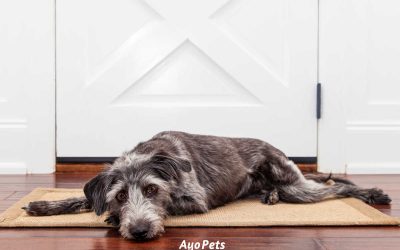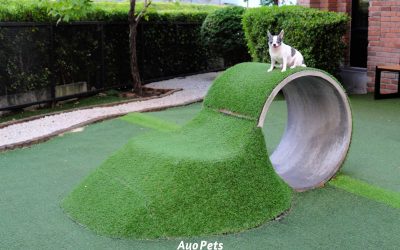If you found this article, you’re probably struggling with a dog that needs a little help getting more water in. We know how important it is to keep our four-legged friends hydrated, but what should you do if your dog won’t drink water on their own?
To get a dog to drink water, start by cleaning the water bowl and changing the water daily. Try different types of bowls and put water bowls in different places, inside the house and outside. Another option is to flavor the water or make ice cubes with dog-friendly ingredients, or feed your dog wet food to increase their liquid intake.
It can be very worrying when a dog doesn’t want to drink. Sometimes this is a sign of a deeper health issue, which you will need to speak to your veterinarian about.
But if your dog is a fussy type or can’t tell you why they don’t want to drink water from their water bowl, then below are my top tips to try to figure out what the problem is and get your fur friend drinking again.
Let’s start by understanding how much water a dog needs to drink each day, so we can tell if our dog is getting enough water or not.
How much water does a dog need?
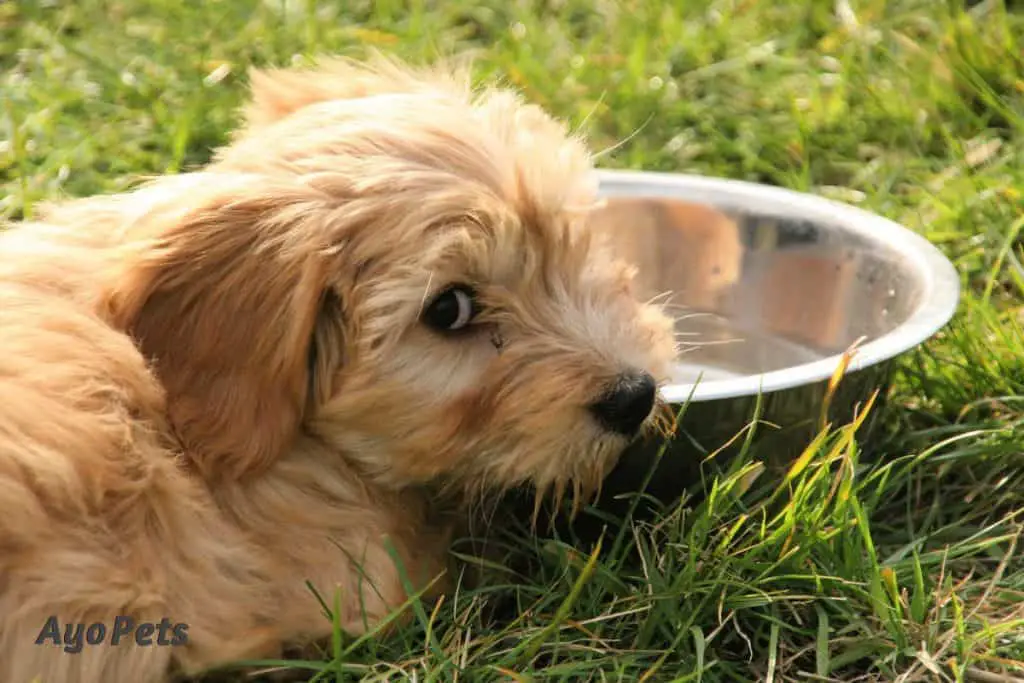
On average, a dog needs to take in 1 ounce of water or liquid per day for every pound of dog weight. There are many factors that affect how much water a dog needs to take in every day to be healthy, such as their weight, size, age, activity level, and whether your pet eats dry or wet food.
For example, wet food has more moisture in it. If this is part of your pet’s diet, they will naturally drink less water from their water bowl as they are getting some liquid from their food every day.
If you want to know the average amount of water your dog should be taking in each day, find your dog’s weight range in pounds or kilograms below. Then check to see how much liquid your dog needs every day for that weight range:
| Weight in lb | How much water a dog should consume per day in oz | Weight in kg | How much water a dog should consume per day in ml |
| 1 – 10 lbs | 1 – 10 oz | 1 – 4.5 kg | 30 – 300 ml |
| 11 – 20 lbs | 11 – 20 oz | 4.6 – 9 kg | 300 – 600 ml |
| 21 – 30 lbs | 21 – 30 oz | 19.1 – 13.5 kg | 600 – 900 ml |
| 31 – 40 lbs | 31 – 40 oz | 13.6 – 18 kg | 900 – 1,200 ml |
| 41 – 50 lbs | 41 – 50 oz | 18.1 – 22.5 kg | 1,200 – 1,500 ml |
| 51 – 60 lbs | 51 – 60 oz | 22.6 – 27 kg | 1,500 – 1,800 ml |
| 61 – 70 lbs | 61 – 70 oz | 27.1 – 32 kg | 1,800 – 2,100 ml |
| 71+ lbs | 71+ oz (1 oz for each lb of body weight) | 33+ kg | 2,100+ ml (30 ml for each 0.5 kg body weight) |
How to get your dog to drink water
If your dog is not drinking enough water, here are some ideas to try to get your dog to drink more…
Give fresh water in a clean bowl daily
It’s very important to keep a dog’s water bowl clean. Just like the bowls you and I use, a dog’s bowl can get very dirty and icky if left standing out with something in it. If this is the case, your dog won’t want to drink the water in it.
The good news is that it’s super easy to keep a dog’s water bowl clean, sterile, and free from bacteria – click here for instructions and more info on my three-step process to clean and sterilize a dog’s water bowl.
As a quick guide, here’s how to clean a dog’s water bowl:
- Wash the bowl in hot, soapy water daily
- Each week, disinfect the bowl with a non-toxic disinfectant, such as this spray from Amazon
- Always dry the bowl completely, on top and underneath
Try a water fountain

When dogs were still wild and living in packs, their natural instinct was to drink moving water rather than still water. So dogs drank water from streams rather than stagnant puddles.
This is because running water is fresh and less likely to carry bacteria or organisms that make animals and humans sick.
And guess what – your dog might still have this instinct and prefer to drink from a water fountain with moving water rather than from a standing water bowl.
If your dog enjoys moving water, try getting a water fountain like this pet fountain from Amazon. It’s great for dogs, cats, and multi-pet households (click here to find out if a dog and cat can share a water bowl).
Make ice cubes
If your dog likes ice, then take advantage of this by making doggy ice cubes from plain water or flavored water.
Ice cubes are fun and crunchy, and dogs enjoy playing with them as much as eating them. Puppies, especially, are fond of ice cubes because the cold ice can soothe teething pain.
Watersicles – popsicles made of water – are popular with many dogs because they look like human food, and sometimes just seeing you hold out a piece of food to lick is enough to convince a dog to eat it.
Making watersicles is easy!
Just fill popsicle molds with clean water, stick popsicle sticks in the end, and freeze them. Be sure to take away the stick before your dog chews and swallows it.
Make it easy to get to the water bowl
Sometimes dogs are lazy, tired, not feeling well, or too old to walk around much. This means that where you keep the water bowl will impact your dog’s water-drinking decisions.
Try placing your dog’s water bowl near the dog bed or anywhere your dog loves to stretch out and sleep. Your dog’s much more likely to lean over and take a sip of water if it’s within reach rather than walk far or up/down stairs to quench a thirst.
Add a dog-friendly flavor
Some dogs just don’t like the taste of water. You can make your dog’s water more appetizing by giving it some flavor.
Be sure to add things that have no salt, spices or artificial additives. Your dog’s sense of smell and taste is very advanced, so you don’t need to add much to the water to get the desired result.
Here are some dog-friendly flavorings to choose from (links are to recommended products on Amazon):
- Dog-friendly broth (many generic store options are not safe for dogs)
- Water after boiling chicken
- Gravy mix
- A tablespoon of canned dog food
- A tablespoon of dog ice cream
- A few drops of tuna water
- Food toppers
Try different types of bowls
Each dog is different, and what one dog likes another may not. Give yourself some time to figure out what works best in your household.
What the bowl is made of could make a difference…
Try water bowls made of different materials. It’s easiest to keep ceramic and stainless steel water bowls clean and hygienic, but some dogs just prefer plastic bowls (click here to find out if plastic bowls are safe for dogs).
How deep the bowl is also makes a difference…
Some dogs don’t like their whiskers or chin hairs getting wet and dogs with flat faces, such as pugs, may struggle to drink from a deep water bowl.
If your dog isn’t drinking water, keep the water bowl full to the top of the bowl so your dog doesn’t have to wet their face to get a drink.
You can try different materials and bowls with different depths, such as a saucer, a wide bowl, a raised bowl, and a regular dog bowl. You will soon find out what your dog likes.
Try different types of water
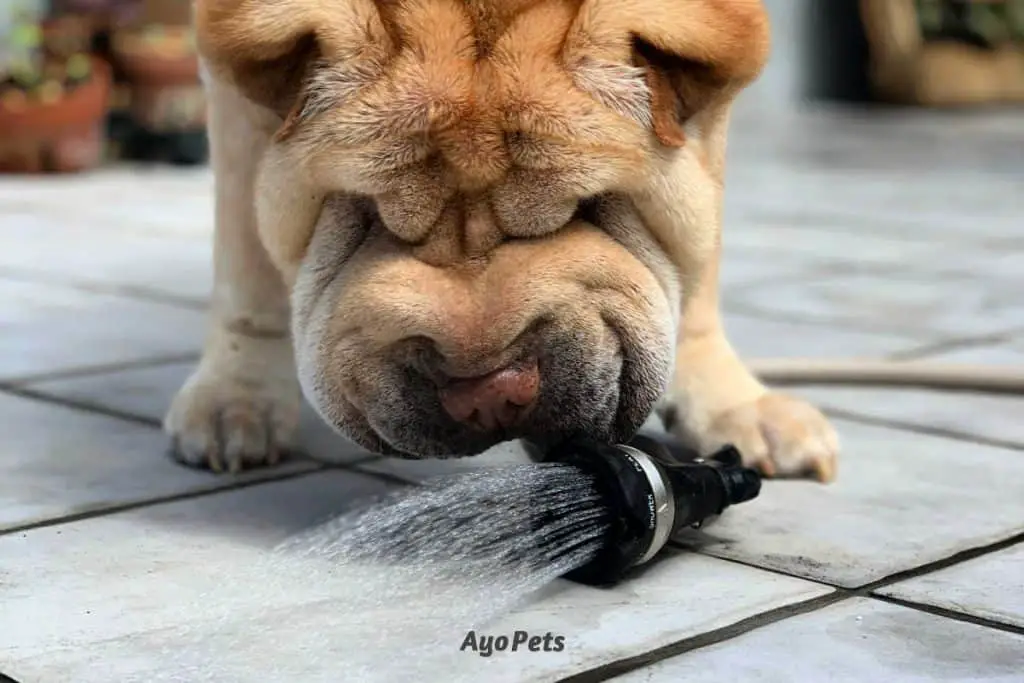
Last December we had friends visit. They complained how bad our tap water tastes and how much they miss their tasty tap water back home. Ironically, we didn’t like their tap water when we visited them and much prefer ours.
Water is water, but water can have different flavors and your dog will prefer some flavors over others, which might get you through this fussy non-drinking phase.
If your dog doesn’t like the tap water, try filtered water, bottled water, small amounts of distilled water, or chilled water instead.
Praise your dog for drinking
Dogs are highly motivated by attention and praise. They want to make you, their human pack leader, happy and proud of them.
In fact, positive reinforcement is such a simple trick that many pet owners overlook it.
Every time your dog drinks some water, make a fuss of them. Congratulate your dog out loud, and give your dog a hug or a rub.
Make sure your dog knows how happy you are with the behavior and your dog will naturally do more of it.
Wet your dog’s food
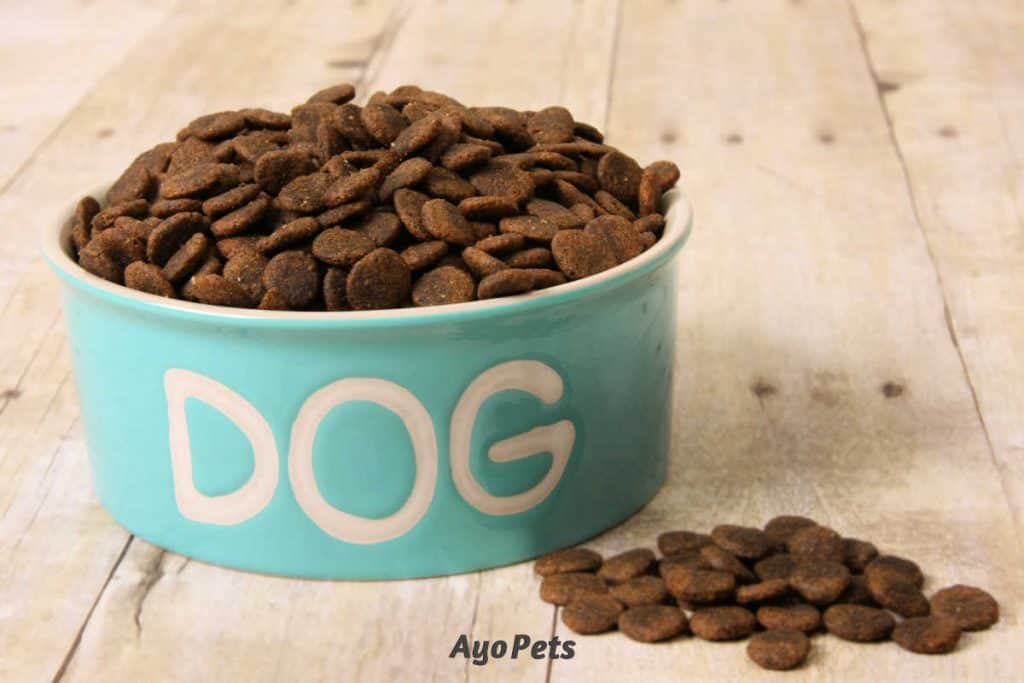
If you feed your dog wet food, they’re already getting some liquid in at mealtimes. A dog that eats wet food will naturally drink less water from their water bowl, to compensate for the moisture in the wet food.
If you don’t feed wet food, you can start soaking your dog’s kibble to increase their water intake (and HERE are many good reasons why you should soak kibble regardless).
Another option is to give your dog treats that have a high moisture content, such as dog-friendly vegetables and small amounts of dog-friendly fruits. Some good options are pumpkin, carrots, and green beans.
Just don’t go overboard on the treats or your dog will get full and not eat their food.
Have many water bowls
The more water bowls you have around the house, the more likely your dog will be close to one at all times. You can put water bowls near the crate, near your bed, in the kitchen, and anywhere else your dog spends a lot of time.
If your dog’s a bit of a messy drinker, here’s a list of things to stop your dog from tipping the water bowl and making a mess.
Keeping a full bowl or two outside is also a good idea, especially if your dog spends a lot of time out there. Just be sure to keep insects and bees away from the water bowl (a nasty sting will definitely scare your pup away from water for a while).
Be sure to clean all the bowls and change the water daily.
Keep the water cool
Hot water is never fun to drink, especially when you’re hot. And your dog probably feels the same way.
If it’s spring or summer where you are and the temperatures are rising, you can try keeping the water in your dog’s water bowl as cool as possible, for as long as possible.
This is such a ‘hot’ topic that I covered all the ways to keep a dog’s water bowl cool in this article <- click the blue text to read it.
Signs of dehydration in dogs
Dehydration in dogs is a serious matter. In severe cases, it can lead to serious illness, long-term damage, or even death. If your dog isn’t drinking enough, takes steps to fix the problem right away.
Here are some symptoms of dehydration in dogs:
- Dry nose
- Thick, slimy saliva
- Dry gums
- Dry or sunken eyes
- Heavy panting, especially when relaxing or in a cool environment
- Laziness or lethargy
- Loss of skin elasticity
- Loss of appetite
- Vomiting
- Dry heaving
Adapted, with thanks, to the American Kennel Club and other sources
If your dog is experiencing any of the above symptoms, check for underlying causes but try not to panic. Dogs will often pant heavily after they’ve been running or playing hard, and vomiting may mean they’ve eaten something that upset their stomach.
Still, if you notice these symptoms or more than one symptom at the same time, it’s best to watch your dog closely or call your veterinarian for advice.
How long can a dog go without water?
Dogs can go without water for up to three days, at most. Just because a dog can survive for three days without water doesn’t mean they should. Not drinking enough water can have serious effects on a dog’s body, such as kidney damage or failure.
If your dog refuses to drink any water, no matter what you offer, there’s a serious problem and you need to get help from a veterinarian.
Don’t force your dog to take in liquids. Dogs can suffer from dehydration and overhydration – taking in too much liquid.
Drinking too much water can be just as dangerous as not taking in enough, and cause serious damage to a dog’s health or kill them. Overhydration may happen, for example, when a dog swims and drinks a lot of water in a short time.
Final thoughts
Dehydration in dogs is a serious problem, and dogs that don’t drink enough may be suffering from underlying health conditions or just be fussy.
There are many things to try to increase your dog’s water intake, and a little praise and experimentation can go a long way in keeping your pet happy and healthy.





